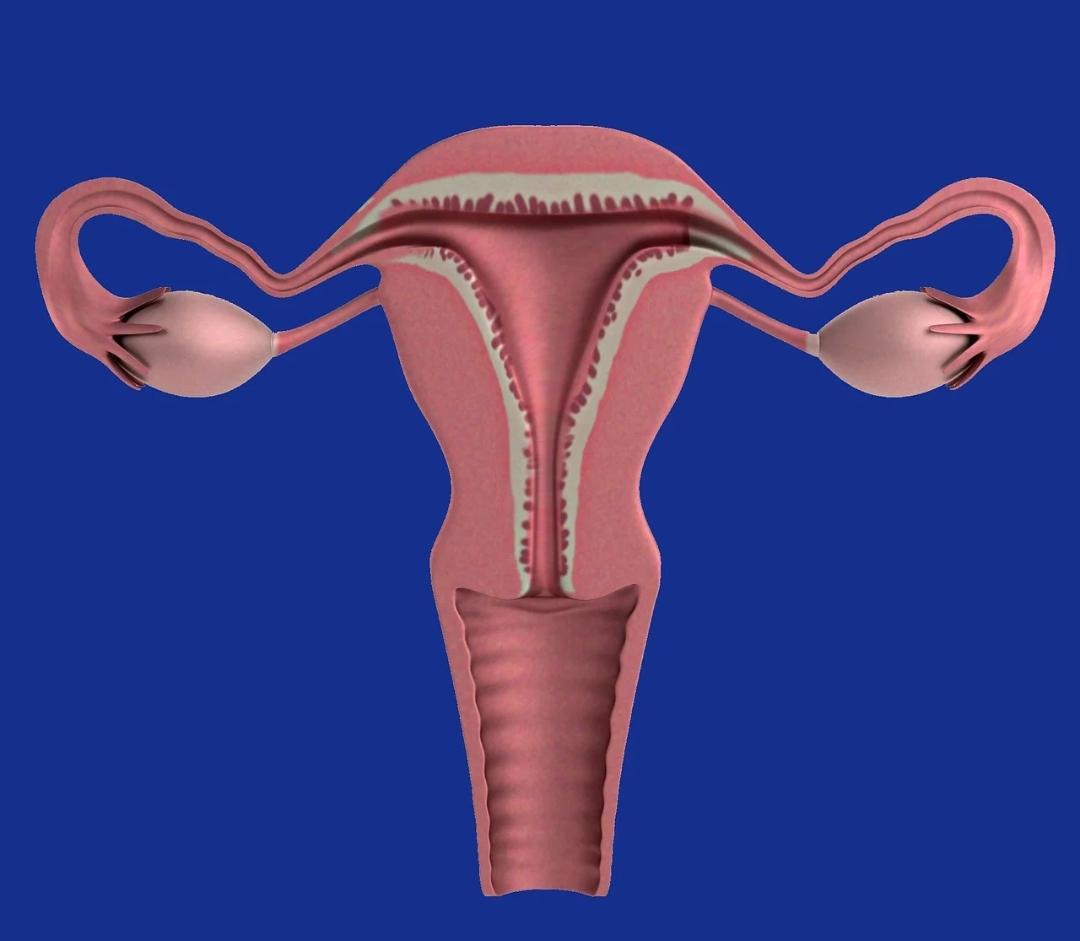Have you ever thought that perhaps not every severe abdominal pain that feels like your insides are twisted in knots is as a result of menstrual cramps? Well, the majority of the time, it’s mostly menstruation. However, this knotted feeling could be anything, really. A worst case scenario is that it could be an ovarian torsion.
Ever heard of that term before? It’s just a more sophisticated way of saying “twisted ovary”. However, ovarian torsion is rare, affecting a small number of women, with fewer than 10 cases per 100,000 women in the general population and among women of reproductive age. But it’s still important to educate yourself on matters like this. Thus, we’ll look at what ovarian torsion is, its symptoms and risk factors.

What is Ovarian Torsion?
Ovarian torsion is a medical condition where an ovary twists around the ligament that holds it in place. This twist stops blood from flowing down to the ovary and the fallopian tube which can cause an excruciating amount of pain. The hindrance of blood to the ovary can potentially damage the ovaries. On a scale of 1 to 10 with 1 being the least painful, ovarian torsion would be rated an 8 or even 9 on the pain scale.
Let’s do a quick overview of the female reproductive system. The female reproductive system is made up of the fallopian tubes, ovaries, uterus, and the vagina. The ovaries which are the focus of this article are located on either side of the uterus. Their job is to produce eggs and hormones such as estrogen and progesterone. What the fallopian tube does is to safely carry the eggs released by the ovaries to the uterus, where a fertilized egg can grow into a baby.
How Serious is Ovarian Torsion?
The pain associated with ovarian torsion is at a towering number of 8 or 9, which is pretty intense. This condition is a major emergency because it cuts off blood flow to the ovary. When that happens, the ovary tissues may die which can lead to infertility, if not treated quickly. If treatment is delayed, the ovaries might be removed.
Symptoms of Ovarian Torsion
The symptoms of ovarian torsion vary from common to less common symptoms.
Common Symptoms
- Pelvic pain
- Nausea
- Vomiting
Less Common Symptoms
- Fever
- Abnormal vaginal bleeding
Possible Symptoms
- Lower abdominal pain that comes and goes
- Pain that spreads to the back or legs
- Tenderness in the abdomen
- A swollen abdomen
Causes of Ovarian Torsion
There are a couple of reasons why an ovary can get wrapped around the tissue holding it in place. These reasons include:
Ovarian Cyst or Tumor: There’s a condition called ovarian cyst, that causes large cysts (a sac or pouch without opening usually filled with fluid) or tumors on the ovary. This cyst or tumor puts weight on the ovary, making it heavier. This extra weight can make it more likely for the ovary to twist around.
Enlarged Ovaries: Sometimes, your ovaries can get swollen or enlarged because of different conditions, one of which is the polycystic ovary syndrome, PCOS. When this happens, they can twist more easily because they take up more space and are heavier.
Pregnancy: When you’re pregnant, your hormones go through a lot of changes. These hormonal shifts can affect the size and position of your ovaries, making them more prone to twisting.
Previous Ovarian Torsion: If you’ve had ovarian torsion before, you’re more likely to experience it again. It’s like if you’ve twisted your ankle once, it might be easier to twist it again because it’s already been weakened.
Structural Abnormalities: Some people are born with longer ligaments that support their ovaries. These longer ligaments can make it easier for the ovary to twist. It is similar to how a long rope can twist more easily than a short one.
Conclusion
While you might think that severe abdominal pain is just bad menstrual cramps, it’s important to remember that it could be something else, like ovarian torsion. Even though it’s pretty rare, affecting fewer than 10 out of 100,000 women, it’s still serious and needs quick medical attention.
When you know the symptoms and causes, you can figure out what the problem is early. If you ever have severe pelvic pain, nausea, vomiting, or any of the other symptoms we’ve talked about, don’t wait, go see a doctor.

















